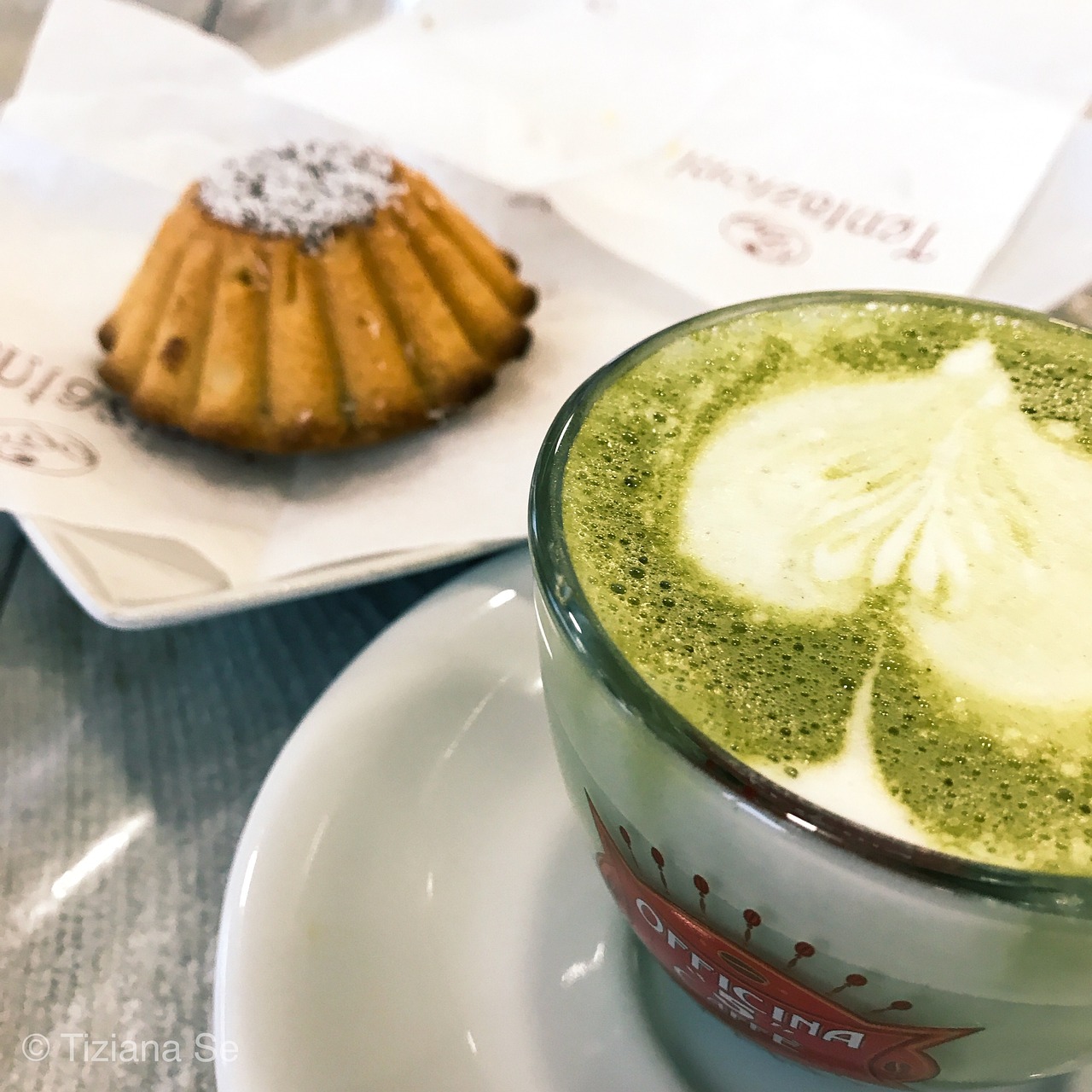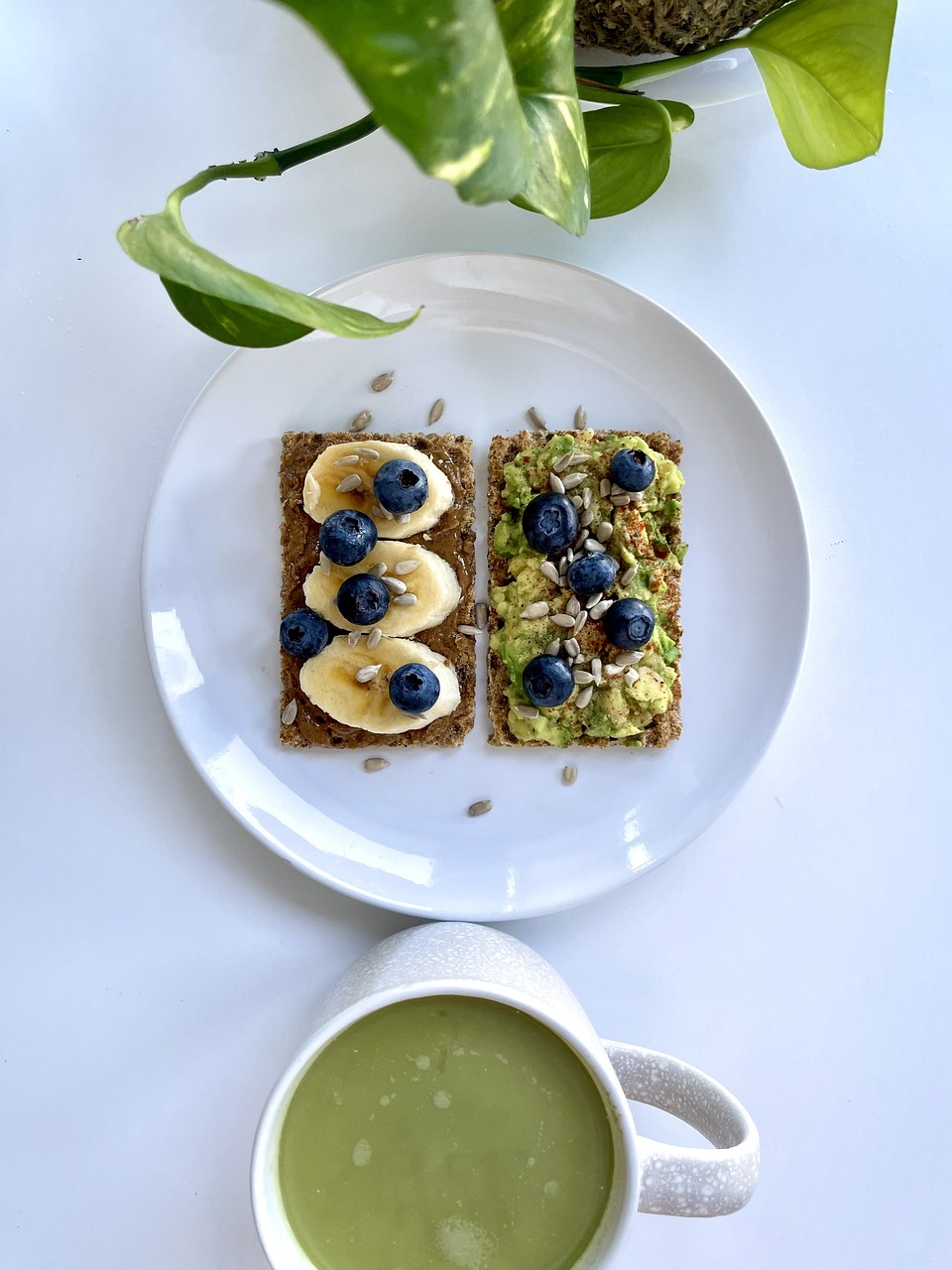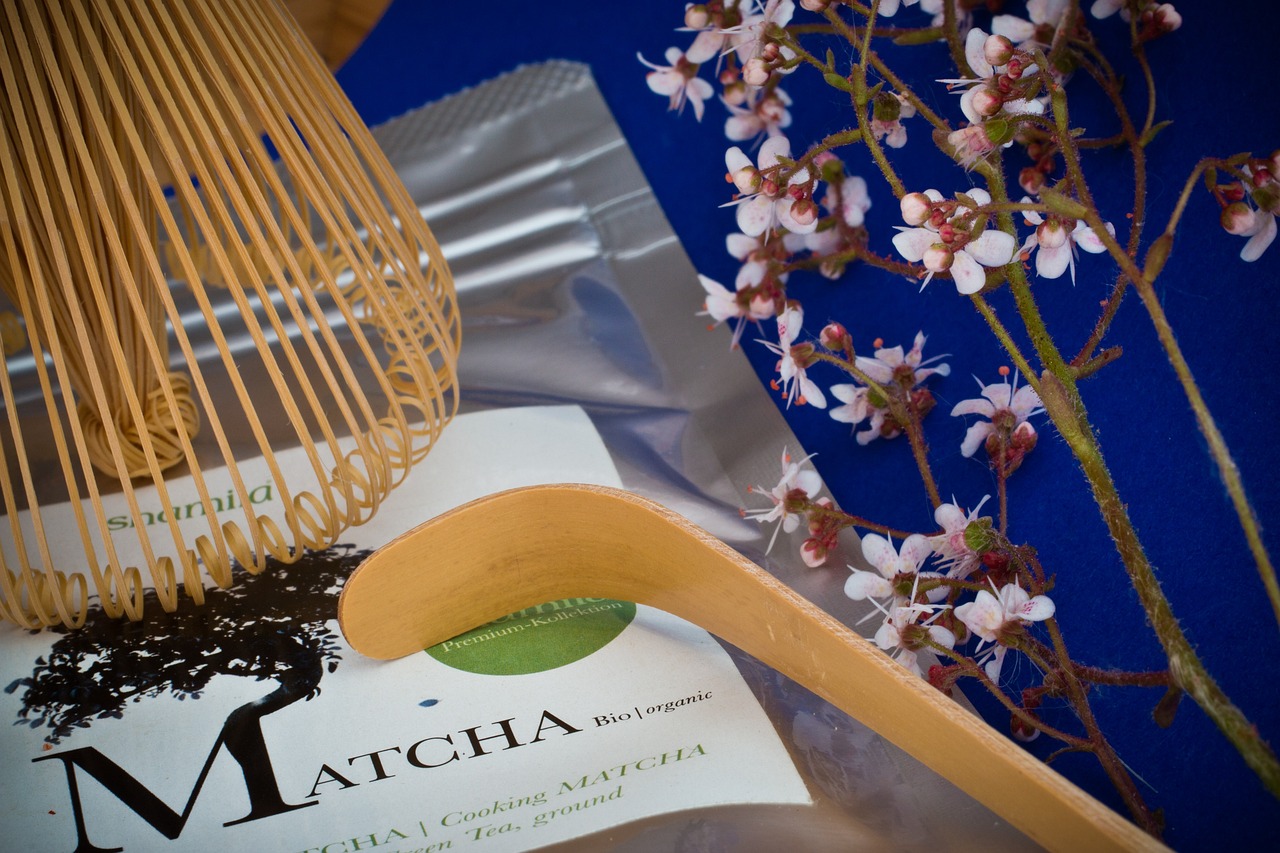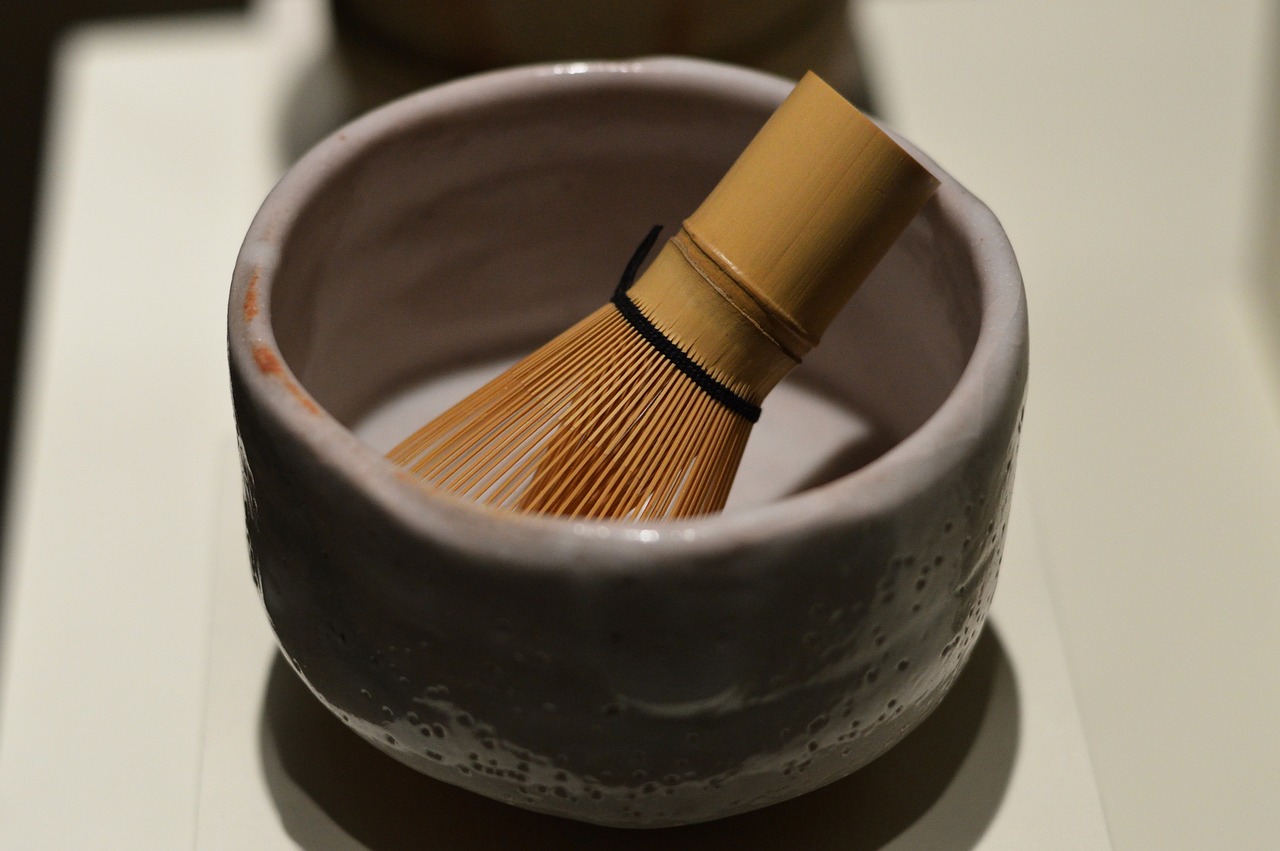What is matcha tea?
You know matcha when you see it. Matcha is a profoundly focused exceptionally lively green tea that likewise frequently arrives in a powdered structure from finely crushing dense dried green tea leaves.
Matcha has a lot of theanine in it — an amino corrosive that halfway gives matcha tea its umami (particularly wonderful and exquisite) flavor. Its beginnings return to antiquated China however matcha has been consumed and celebrated broadly in Asian and non-Asian societies the same.
It’s most generally known as the green tea utilized broadly in Japanese tea functions. Japanese Harmony priests have additionally utilized it to invigorate readiness on account of its remarkably high caffeine content.
“Green tea matcha likewise powder sneaks up suddenly,” says dietitian Julia Zumpano, RD, LD.
Matcha’s numerous medical advantages
Matcha tea has one of a kind medical advantages when contrasted and most different teas.
Polyphenols: Miniature supplements that treat weight support or weight reduction because of its constructive outcomes on digestion. Additionally supports absorption, diabetes, neurodegenerative and cardiovascular illnesses.
Catechins: A kind of polyphenol that is excellent for your heart, memory, skin and may assist with forestalling disease.
L-theanine: An amino corrosive that lessens pressure and uneasiness, may assist with expanding concentration, and resistance
Cell reinforcement flavonoids: As a matter of fact, matcha tea is loaded with multiple times more cell reinforcement catechins than many green teas. Cancer prevention agents safeguard cells from oxidation (“harm”) which can assist with forestalling sickness
Chlorophyll: Matcha is wealthy in this shade that advances the creation of red platelets, assimilation of poisons and against maturing properties.
Go for quality not amount
Matcha of any sort can be delighted in delectably in various ways. A small amount makes an enormous difference — not just in light of the fact that it has such an exquisite flavor yet additionally in light of the fact that it’s loaded with that multitude of supplements.
Quality matcha is effortlessly identified with a common guideline of thumb — the greener, the more fragile the flavor, the better. It’s additionally pricier because of more fastidious creation strategies that save its shade and complex flavor.
Higher-grade matcha is by and large more energetically green because of being dried in conceal as opposed to daylight. More costly matcha likewise utilizes more youthful leaves framed at the highest point of the plant, which give it a significantly more sensitive flavor.
That is the reason greater matcha is more fit to be delighted in basically as tea. ( Really look at your names to ensure you’re not getting bad quality matcha with food shading all things considered!)
Ace your matcha grades
“While you’re looking for matcha, you’ll need to understand what you’re getting, and the benevolent you ought to purchase relies on how you intend to utilize it,” Zumpano says.
Cooking/culinary grade: The most affordable yet at the same time totally reasonable for cooking. It is simply somewhat additional unpleasant because of creation from leaves lower down on the tea plan or the time it’s collected.
Premium grade: Youthful tea leaves from the highest point of the tea plant ideal for everyday matcha tea drinking or cooking.
Stylized grade: Japanese tea services and Buddhist sanctuaries might utilize this greatest matcha finely ground into a powder by rock stone plants.
At the point when you’re not searching for high-grade matcha tea for drinking everyday, Zumpano shares a portion of her other most loved recipes that enclose by this sound, flavorful green tea powder.
Make a matcha smoothie
Add matcha powder to your number one smoothie recipes. Or then again take a stab at adding ½ tsp. of matcha to 1 cup of spinach, ½ cup almond milk in addition to your number one natural product (banana, berries, apple, pineapple, mango) with ice for a rich smooth method for getting a portion of cell reinforcements.
Nibble on matcha chia seed pudding
Consolidate chia seeds with just the right amount of almond or coconut milk. Blend in matcha and top with natural product, nuts or coconut.
Guzzle up some matcha soup
Add matcha into hand crafted soups. It’s particularly great in cucumber and asparagus soup recipes to extend the flavor.
Try matcha-mole out
Sprinkle matcha into your custom made guacamole for a more delectable, more extravagant flavor to gather up with your chia chips.
Simply add matcha
To a fiery tofu scramble.
In granola and cereal recipes.
In your a.m. espresso to improve the flavor.
On popcorn (with a sprinkle of salt).
With ice water (add a scoop).
Mix a coco-matcha latte
Heat ¾ cup almond or coconut milk. Blend in 1 tsp. matcha for your moment most loved drink to get your day moving (or partially through). Recollect however, matcha is brimming with caffeine so keep your matcha admission prior on in the day.
Roll a clump of matcha energy balls
Attempt this basic no-cook recipe. Consolidate 2 cups regular, unsalted, thick peanut butter with 2 Tbsp. ground flax-seed, ½ cup dried apricots + 1 Tbsp. golden honey — then add matcha to taste. Carry out balls on material paper and refrigerate for a solid, high energy nibble.
Matcha more things to note
Indeed, even a basic pan fried food, cereal, plunge or frozen yogurt is better with matcha added in due to its umami flavor.
Matcha is high in caffeine (considerably more than espresso and other green or dark tea!) so consume it shrewdly.
Matcha is greatly improved without adding dairy-based milk since that seems to bring down its cell reinforcement benefits.
“Matcha is quite possibly of the most flexible flavor out there and adds a wonderful flavor to essentially anything it goes into,” Zumpano says. ” That implies you can add its medical advantages day to day to your eating regimen in such countless ways.





